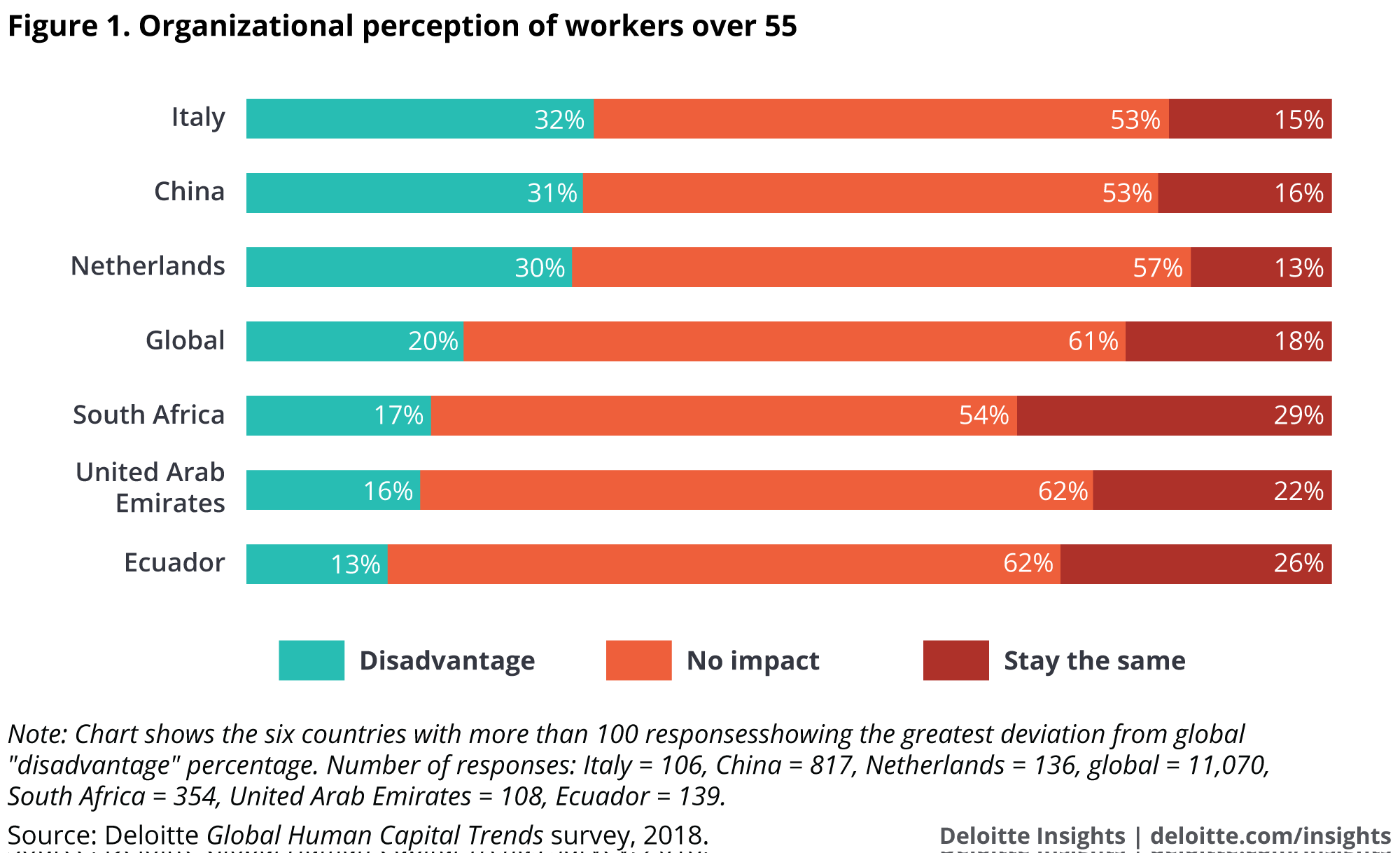 By Alex Fradera
By Alex Fradera
Places of work have become fairer thanks to their embrace of meritocracy: the idea that the best person for the job is the right person for the job. Formal assessment processes, for example, help ensure that interviews are granted on merit, rather than allocating them based on which resumes remind the hiring manager of a younger version of themselves. One consequence of meritocracy is the replacement of seniority-based promotion – you get a better position when “it’s your time” – with one based on ability, a development that means younger people with the appropriate skills can leapfrog older colleagues and end up managing them. Unfortunately, according to new research in the Journal of Organizational Behavior, this can have nasty repercussions.
Florian Kunze and Jochen Menges surveyed employees at 61 German companies, based primarily in the service industry, but also finance, manufacturing, and trade. Nearly 8000 participants described their age difference in relation to their managers, and a subset reported their experience of various negative emotions over the last six months. Managers tended to be older than those they managed, but on average a quarter of relationships did involve younger managers. Crucially, in companies where the size of the age gap was larger between younger managers and older subordinates, employees tended to report more negative emotions, such as anger or fear, experienced over the last six months.
Why would this be? Consider how the older subordinates might feel. We tend to measure our life progress by using our peers as a benchmark, particularly those in our age cohort, who may provoke a flush of envy if they rise far past us. But more brutal yet is when those who should be behind us pull ahead, rubbing our faces in our own inability to keep pace. And when such a person is managing you, it’s hard to avoid this.
More broadly, being under the supervision of someone younger than us is a simple status incongruence, like being lectured on your dress sense by your precocious 8-year-old nephew. This is an engine for resentment-based negative emotions. Such emotions, Kunze and Menges suggest, can then reverberate through the wider organisation, especially – and as established by diversity research – because employees will typically pay more attention to what happens to colleagues who tend to stand out, or in this case, to relationships that deviate from the norm.
Kunze and Menges also asked the leadership of each company to report their recent financial performance, as well as measures of productivity and efficiency. After controlling for company size and efficiency, they found that companies experiencing more negative emotions showed worse performance on all counts. More youthful managers of older subordinates, therefore, contribute to worse company performance through the negative emotions their existence encourages, presumably through sapping morale and enthusiasm for collective effort in the face of so much frustration.
The data revealed a buffer against this harmful outcome, but it’s a bitter pill to ask anyone to swallow: when employees reported that suppressing their emotions was the norm in their organisation, age differentials didn’t lead to more negative emotions in the wider organisation. The researchers reasoned that when emotions are unexpressed, there is no signal to the rest of the workforce that something is up, so they can go about their days in blissful ignorance. But this isn’t to solve the problem, but to distil it into a smaller but more concentrated form, as long-term emotion suppression can lead to depression, damaged health, and impaired cognitive performance, a cruel fate to which to consign these older workers.
But companies shouldn’t “revert to the old workplace with traditional age structures”, say Kunze and Menges, because their research says nothing about the overall benefits of merit-based promotion. However, they do believe the negative repercussions that they’ve revealed should be addressed. One suggestion is to help older subordinates make sense of their feelings and explore whether they can come to terms with them rather than simply suppress them. Another suggestion, which I warmly advocate, is to address the root causes, changing the culture around “career time tables” and addressing issues of hierarchy and voice, so that old-timers, whether managers or not, can share their accrued wisdom and fully participate in the organisations to which they have given for so long.













